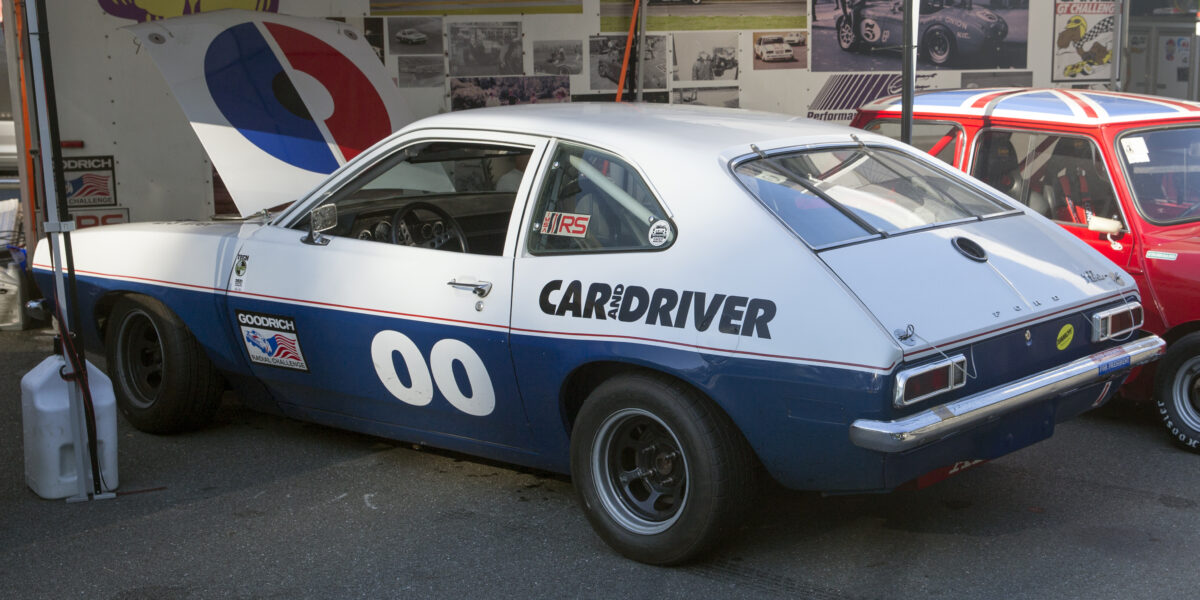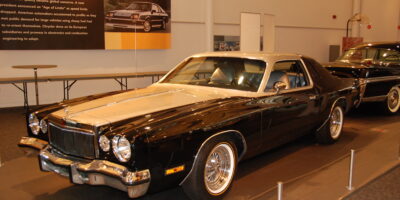The Pinto: An Iconic Pony Car
The 1970s marked a significant shift in the automotive industry, driven by changing consumer demands and economic pressures. Among the vehicles that rose to prominence during this time was the Ford Pinto. This small car became synonymous with practicality and affordability but also courted controversy.
The Origin of Pony Cars
Before diving into the Pinto itself, it’s crucial to understand the context of the pony car. A pony car refers to a compact, sporty automobile that combines performance with affordability. The concept took off in the 1960s with models like the Ford Mustang leading the charge. The Mustang, launched in 1964, became an instant success and inspired numerous competitors.
Pony cars typically featured a sporty design, rear-wheel drive, and various engine options. They offered an entry-point for younger buyers looking for a car with style and substance. This created a market segment that exploded in popularity.
The Pinto’s Introduction
In 1970, Ford introduced the Pinto. Unlike true pony cars, the Pinto was positioned as a subcompact vehicle, an attempt by Ford to seize a share of the market dominated by foreign imports. The Pinto was a response to the growing demand for smaller, more fuel-efficient cars. Lee Iacocca, an influential figure at Ford, pushed for the Pinto’s development, emphasizing speed to market over extended testing and luxury.
Design and Features
Designed with economy in mind, the Pinto featured a simple, straightforward design. It was available in several body styles, including a sedan, hatchback, and station wagon. This flexibility allowed it to appeal to a broad audience. The design featured crisp lines and a compact look, setting it apart from the larger vehicles dominating American roads at the time.
Engine options for the Pinto included a 1.6-liter Kent inline-four and later others like the 2.0-liter and 2.3-liter inline-fours. The Pinto prioritized fuel efficiency over power, aligning with the emerging consumer priorities of cost-saving and economy during the oil crises of the 1970s.
Market Impact
The Pinto quickly became one of the best-selling cars in the U.S. Its low base price helped attract buyers during economically challenging times. In its first model year alone, nearly 350,000 Pintos were sold, a testament to its market appeal. The Pinto helped pave the way for other American automakers to consider producing smaller cars domestically rather than continuing to focus primarily on larger vehicles.
The Controversy
Despite its commercial success, the Pinto faced significant controversy. A major issue was related to safety, specifically regarding the placement of its fuel tank. Reports began to surface that the Pinto’s design made it susceptible to fuel tank ruptures in rear-end collisions.
An article in Mother Jones magazine brought nationwide attention to the Pinto controversy, highlighting Ford’s cost-benefit analysis approach to safety improvements. The report suggested that Ford chose not to implement design changes that could have mitigated the risk, due to the cost implications.
The ensuing legal battles and public backlash significantly tarnished the Pinto’s reputation. It became a case study in ethical decision-making in business, sparking debates about corporate responsibility and consumer safety.
Engineering and Safety Enhancements
After enduring criticism for the Pinto’s safety, Ford undertook several measures to address the identified problems. The company announced a recall in 1978, focusing on rectifying the fuel system issues. Engineers added protective shielding around the fuel tank. Modifications to structural components reduced the risk of puncture in a crash. Although these improvements came later in its life cycle, they were crucial in attempting to restore consumer confidence.
Despite these enhancements, the damage to the Pinto brand was considerable. The model remained in production until 1980, after which it made way for Ford’s next generation of compact cars. By the time production ended, over three million Pintos had rolled off the assembly lines.
The Legacy of the Pinto
The Pinto remains a notable figure in automotive history. While it is often remembered for its flaws, it also represented an essential step in the evolution of American subcompact vehicles. Its impact led to more stringent safety standards and an increased focus on consumer protection within the industry.
The Pinto’s story highlights the balance automakers must strike between cost, speed to market, and responsibility. It serves as a cautionary tale about the potential consequences of placing profit over safety. Yet, it also underscores the demands of an ever-evolving market landscape, where adaptability often dictates success.
Pinto’s Cultural Impact
Beyond its impact on safety standards and vehicle design, the Pinto gained cultural significance. It was featured in movies and television, sometimes as a comedic element due to its notoriety. The Pinto became a symbol of the 1970s automotive struggles, capturing the spirit of the times when economic challenges and shifting consumer preferences brought substantial changes to the industry.
Today, the Pinto has found a niche community among car enthusiasts. Classic car shows sometimes feature restored Pintos, often attracting attention from those familiar with its history. Its status as a conversation piece ensures its continued presence in car culture discussions.
The Pinto and Modern Automaking
Reflecting on the Pinto’s legacy provides valuable insights for modern automakers. The lessons of the Pinto’s development, launch, and reception continue to influence how new cars are designed and marketed. The focus on consumer safety and transparency became integral to the business practices of many automakers following the Pinto era.
The Pinto’s story also reflects the industry’s shift towards more sustainable and efficient vehicles. As the global emphasis on sustainability continues to grow, the Pinto’s emphasis on fuel economy appears prescient, albeit overshadowed by its shortcomings.
Conclusion
Despite its mixed legacy, the Pinto remains an important chapter in the global automotive narrative. Its development, widespread adoption, and notorious controversies contribute to a rich tapestry of lessons learned. While it may not have achieved the lasting admiration of its pony car predecessors like the Mustang, its influence on car safety and market adaptation is undeniable.
“`
Essential Classic Car Resources
Every classic car enthusiast needs the right resources and products:
The Complete Restoration Guide
The Complete Idiot’s Guide to Restoring Collector Cars – Whether you are buying your first classic or restoring a barn find, this comprehensive guide covers everything you need to know.
Premium Car Care Kit
Chemical Guys Complete Car Care Kit – Professional-quality car wash and detail products to keep your classic looking showroom-fresh.
As an Amazon Associate, we earn from qualifying purchases.



